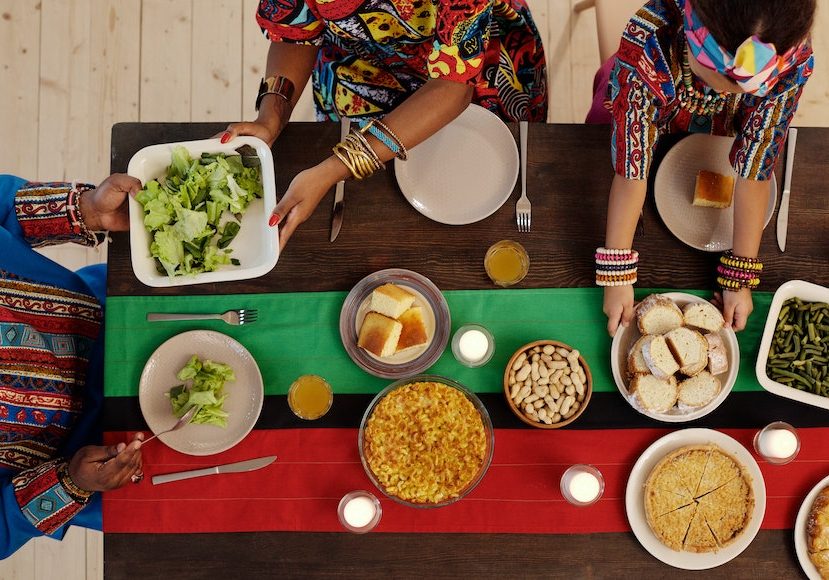
Get Good at Storytelling Photography (Tips, Ideas & Examples)
Using storytelling in your photography is a powerful and rewarding technique that can deepen the meaning of your images. Here's how to do it well.
Learn | By Ana Mireles
Storytelling photography is a skill that you can develop with practice.
If you think your storytelling skills are weak, you’re in the right place.
In this article, I’ll give you some tips, ideas, and examples to help you tell amazing stories with your images.
It doesn’t matter if you like to take portraits, do photojournalism, or even photograph landscapes – storytelling is what makes people engage with your pictures.
So, let’s start telling stories with our cameras right now!
What is Storytelling Photography?
Storytelling photography is exactly what it sounds like – it’s telling a story through photography. You can do visual storytelling using single or multiple images.
The most common way to do it is with photo essays – also known as photographic series. This is because you can use a narrative structure to connect multiple images.
However, there are photographers that manage to tell a whole story in one powerful image. They manage to do this through color, composition, timing when talking about street photography, posing if they’re doing it through a portrait, etc.
Why is storytelling necessary in photography?
They say an image is worth a thousand words. While this can be true, not all images tell visual stories.
Just random pretty images aren’t good for conveying stories. So, you need to practice storytelling photography if you want your images to ‘talk’.
Why is storytelling so impactful and effective?
For centuries, humans have used storytelling for instilling moral values, teach, selling, etc. Telling stories is a way of evoking strong emotions. This is one of the reasons why a storytelling process creates visually appealing images.
It’s also very effective because we’re used to adding a narrative to everything in life. From telling how your day went to your partner over dinner to writing a presentation letter to apply for a job. Stories help us understand life and the world around us.
How to Do Storytelling With Pictures? 10 Tips & Ideas
1. Find inspiration in literature
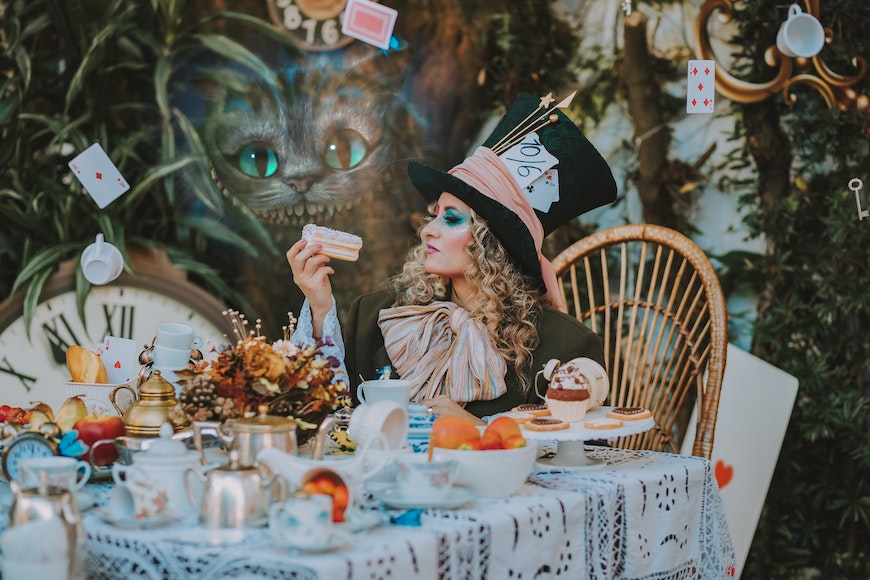
Credit: Criativa Pix Fotografia
If you want to practice photographic storytelling, you can try to find inspiration in the most classic narrative art – literature.
If you’re interested in telling stories through a series, you can choose any of the narrative structures used by writers.
For example, you can choose a chronological narrative structure. This means that you tell a story in a linear way as the events happen and the story unfolds. Otherwise, you can use an inverted narrative and start with the end.
There are many structures known by writers that you can borrow for your storytelling photography such as The Hero’s Journey.
However, you can also use books to get inspiration if you want to tell a story in just one photograph. A good exercise to practice your storytelling skills this way is to make a photo that would serve as the cover of the book.
This will force you to identify the mood and key elements of a story and use them to create a visually appealing photo that summarises the whole story.
Another narrative tool is the use of open or closed stories. Open stories leave room for interpretation, it’s the viewer who decides how the story will end.
2. Try documentary photography
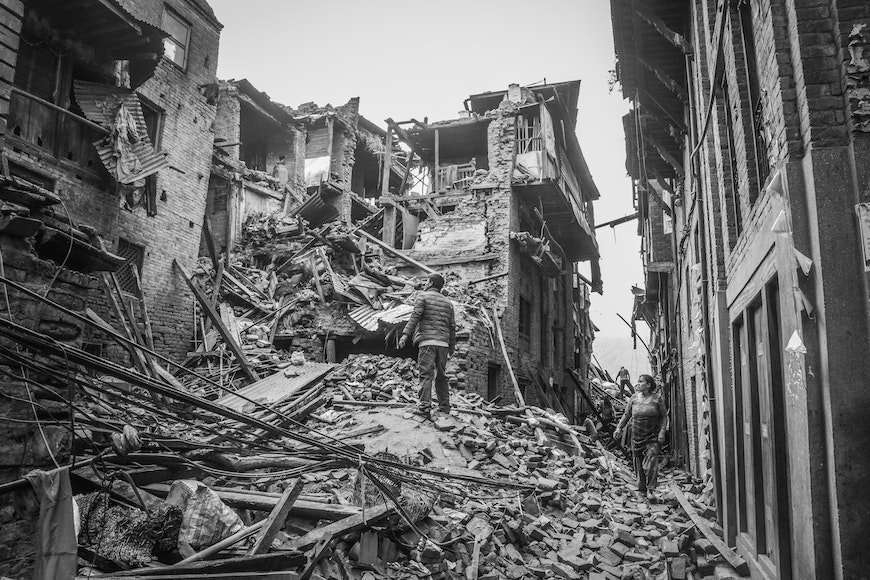
Credit: Sanej Prasad Suwal
Visual storytelling is used in any photographic genre. However, it’s very clear how storytelling is used in documentary photography.
You can study many interesting examples in any edition of the World Press Photo. This is a yearly photo contest that showcases the best documentary photography and photojournalism. You can visit the exhibition that tours around the world or visit their website to see the winners of current and past editions.
How Much Do You REALLY Know About Photography?! 🤔
Test your photography knowledge with this quick quiz!
See how much you really know about photography...

Another good thing about practising storytelling in photography using a documentary approach is that you can choose from a wide variety of subjects.
Depending on your location and your interests, you can make a photographic story about behavioural patterns in wildlife, the traditions of a certain group of people, the impact of climate change, etc.
3. Use colour theory
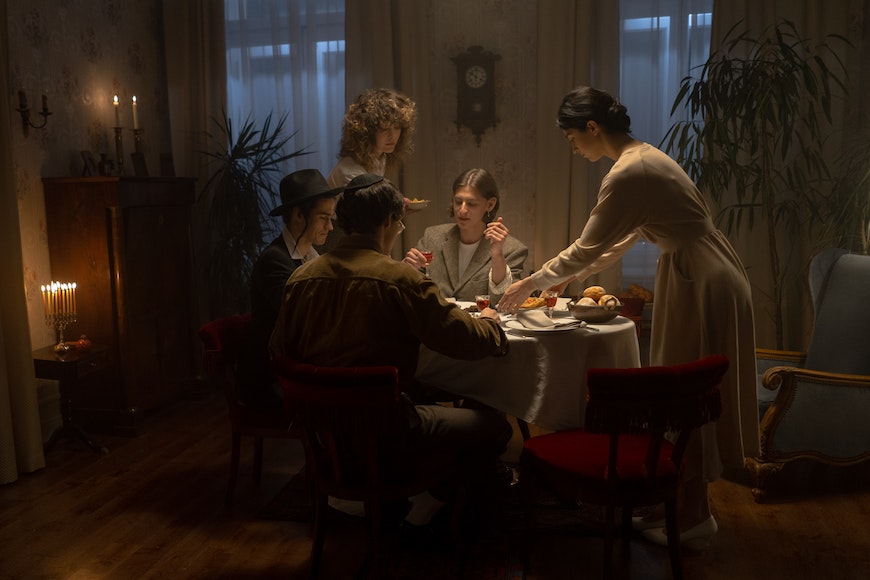
Credit: Cottonbro Studio
Colour is a very powerful tool when you’re doing storytelling photographs. According to the famous psychiatrist and psychoanalyst Carl Jung, “colour is the mother tongue of the subconscious”. Since then, there have been many studies regarding colour psychology.
Even before the modern disciplines, colour has been used for centuries as a tool for treating different ailments. That’s why colour can give clues to the viewer about the story and can evoke strong emotions.
Even the white balance is important because warm and cool colours communicate different things. For example, cooler tones can create an atmosphere of calm or perhaps unhappiness. Instead, warm tones can represent passion, joy or give a sense of comfort.
You can also use colour theory to highlight the main subject – for example, adding a pop of colour in a monochromatic scene. Another way to use colour is to give a sense of continuity by including certain colours in different images or by changing the colour of an object throughout a series.
These are just a few basic examples. However, the use of colour in photography storytelling gives you many possibilities.
4. Be patient
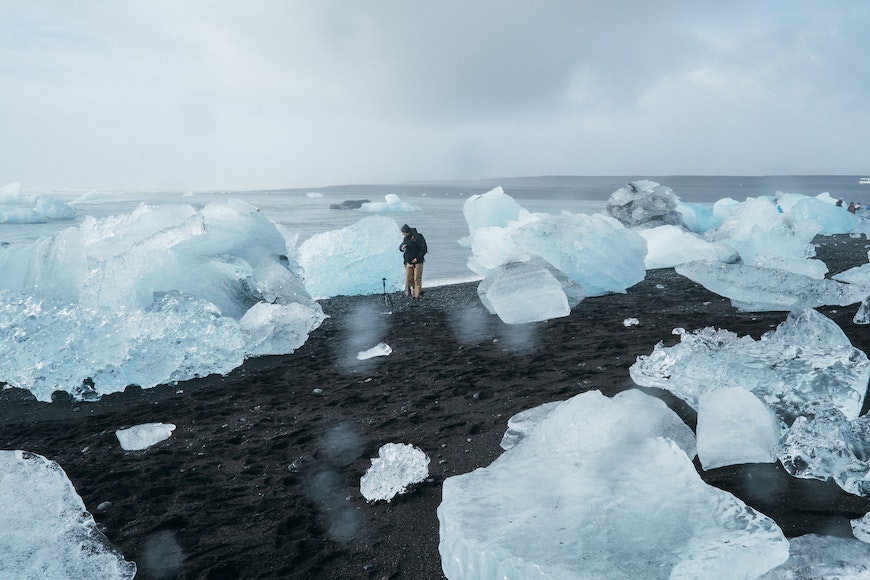
Credit: Valdemaras D
Creating visually interesting images that share a story is not something that happens overnight or that you achieve on the first shot.
I was talking about documentary storytelling in photography. If you read about the projects, sometimes take years to make.
I’m not telling you that all storytelling images need this long, I’m just saying that you should dedicate time to your own stories. It may be a week, a month or a year – that depends on the subject’s story and your approach to it.
5. Get to know your subject
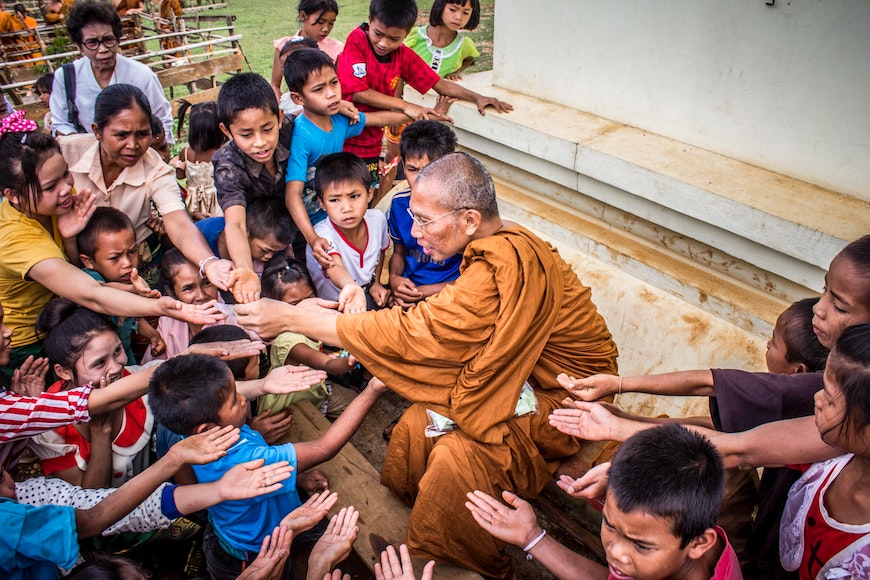
Credit: Suraphat Nueaon
How can you tell a story if you don’t know it? Storytelling in photography is not just about taking stunning pictures. Of course, they have to be visually appealing, but remember that your main goal is sharing stories.
In order to tell a story, you need to know the what, the why, the how, and the who… Make sure you know all angles of the story so that you – as the narrator, decide your position. Storytelling is never objective, you’re sharing something from your point of view.
This is why you can start with something you already know – this way you can practice and strengthen your storytelling skills.
Choose a cultural practice from your hometown or your religion and chose a minimal narrative structure. Cultural preservation is a great topic for storytelling pictures.
If you prefer landscape or wildlife photography, then chose an environment that’s close to you and that you know how it changes throughout the year.
You may also tell your story and do some self-portraits, or choose a person you know well and do “a day in the life of” kind of visual story.
Once you’re better at photo storytelling, you can move on to new and more complex topics.
6. Connect through emotions
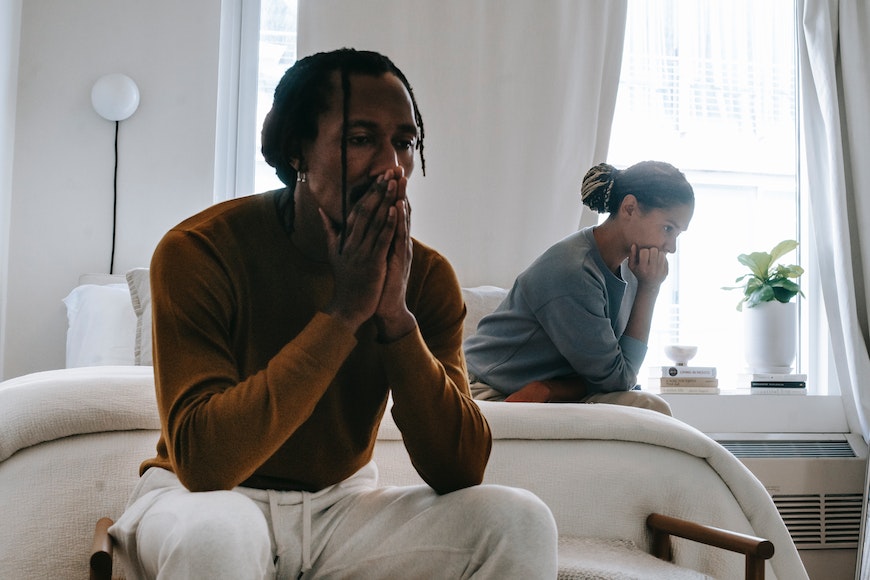
Credit: Alex Green
Human emotions are what make storytelling pictures so memorable images. Emotions are the way the viewers connect with your photographs and get pulled into the story.
There are different ways to connect with the viewer through storytelling photos. You can tell a story that’s aspirational or something that inspires. In this case, the viewer hasn’t lived what your character has, you’re not touching the viewer’s past emotions but their wishes.
Another connection is done through empathy. Maybe the viewer knows what the character in your story is going through, or they can relate to it on a more profound level.
Emotions are what make a difference between a beautiful landscape and a landscape that reminds me of the fishing trips I took with my father when I was a child.
The first one I see for a second and move on. The second one moves me, so I spend more time looking at it – maybe I tell other people about what I saw and that’s how you keep the stories alive.
7. Learn the importance of editing
When you talk about editing in photography, you usually think about post-processing. This is important in storytelling images – yes, but that’s not what I’m referring to right now.
When you’re a storytelling photographer you need to learn how to tell a story. In a photographic series that means learning to choose the most memorable images and trimming what’s not necessary.
You also need to consider which are the first and last images, how many pictures you include in the series, in which order, etc.
8. Change perspective
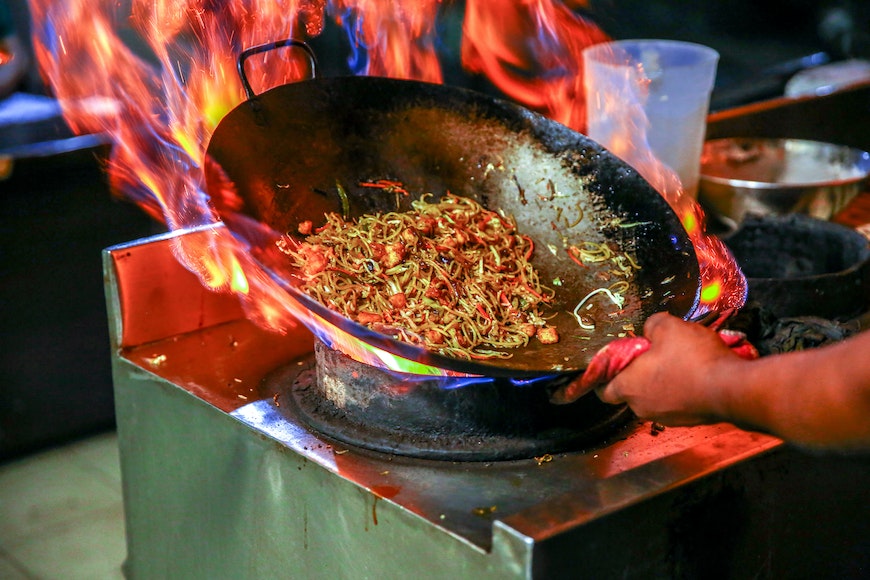
Credit: Prince Photos
Doing storytelling in photography means considering the story from all perspectives, but also physically changing the point of view of your pictures.
You should include wide-angle shots as well as zoomed-in details. You can learn much about this skill from movies. Notice how there are usually wide-angle shots that establish the context of the story, but there are also close-ups that show you what details you need to follow through the scene.
You can also see this in a travel photography magazine. Pick any destination you want – let’s say Bora Bora.
If you see an article about a trip to Bora Bora you’ll see beautiful landscapes, some action shots of the activities you can do, some close-ups of traditional Polynesian cuisine, and some cultural activities.
The combination of pictures tells you the whole story of what you can expect from your trip and why to choose Bora Bora over Maui.
9. Consider the bigger picture
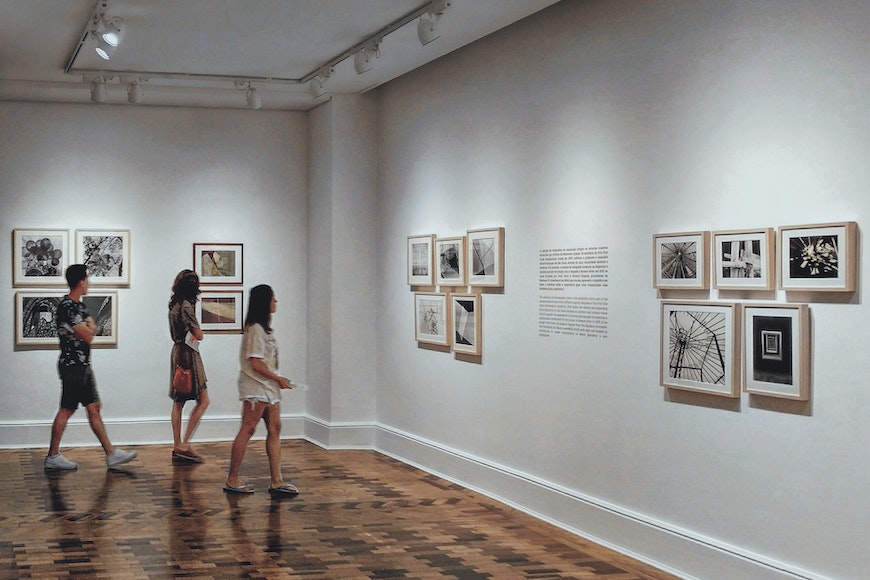
Credit: Matheus Viana
When you’re doing storytelling images, it helps to understand the bigger picture. For example, who are you telling your story to? Yes, the viewer – but who’s the viewer?
Where do you envision your photo story to be presented? Is it going to be only digital? Do you want to exhibit in a gallery? Do you want to make a photo book with it?
Answering all these questions will help you determine things like size and format, and whether you should tell the story in a single image or a series. If it’s a series, how many images should it have?
You can also decide whether you want to do an open or a closed story. Open stories leave more room for the viewer to give their own interpretation, while closed stories need a stronger ending.
10. Try different types of photography
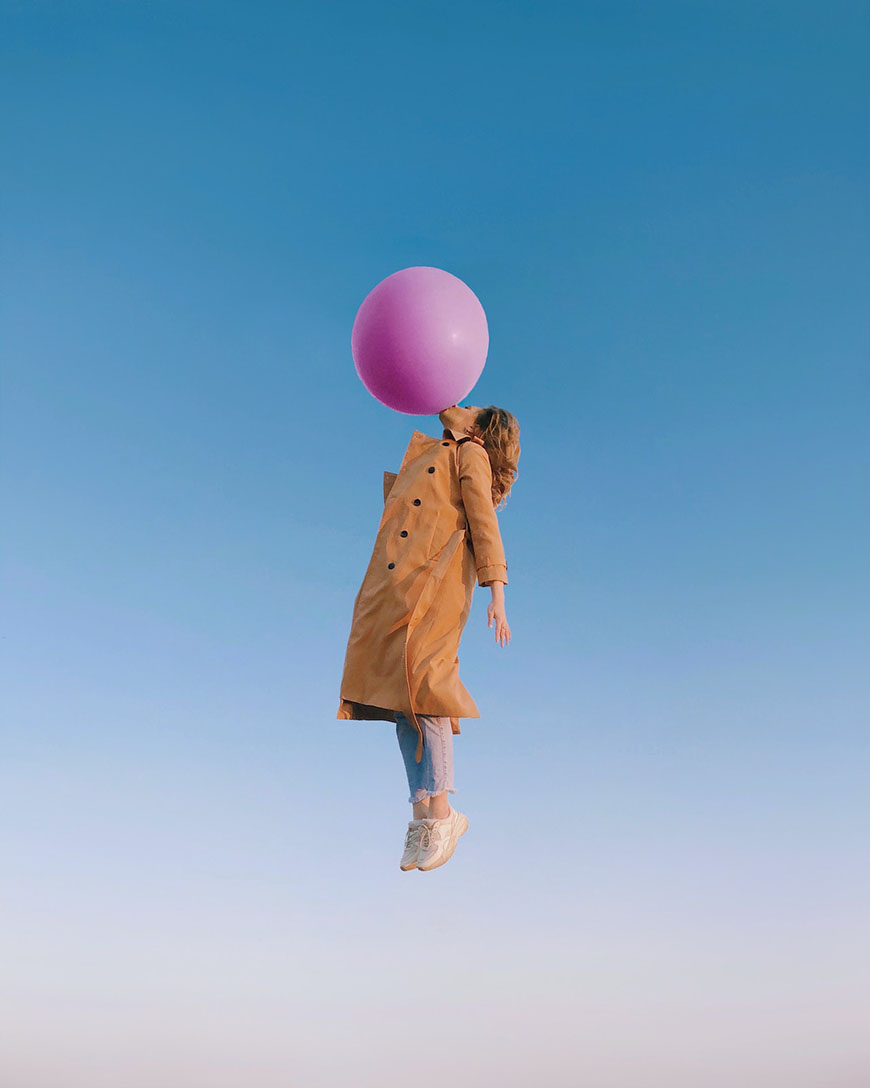
Credit: Gelatin
You can do storytelling images in all types of photography. Earlier, I recommended trying documentary photography and choosing a subject that you know. However, this can be just a starting point or something you can skip and move on directly that makes you curious or passionate.
Passion, that’s a word that I hadn’t used in the article but it’s key to photography storytelling. The only way to communicate strong emotions about something is if you have them yourself.
If you photograph something that doesn’t interest you, it’s going to be difficult for you to excite anyone else about it either.
Passion is also what’s going to give you the motivation to keep going. As I already mentioned, creating storytelling images is not quick or easy. You need to dedicate time and dig deeper into the subject you want to portray. If you don’t have enough passion, you might get bored and abandon the project.
That’s why you should try different types of photography until you find something that gets you excited.
Who Are Some Famous Storytelling Photographers?
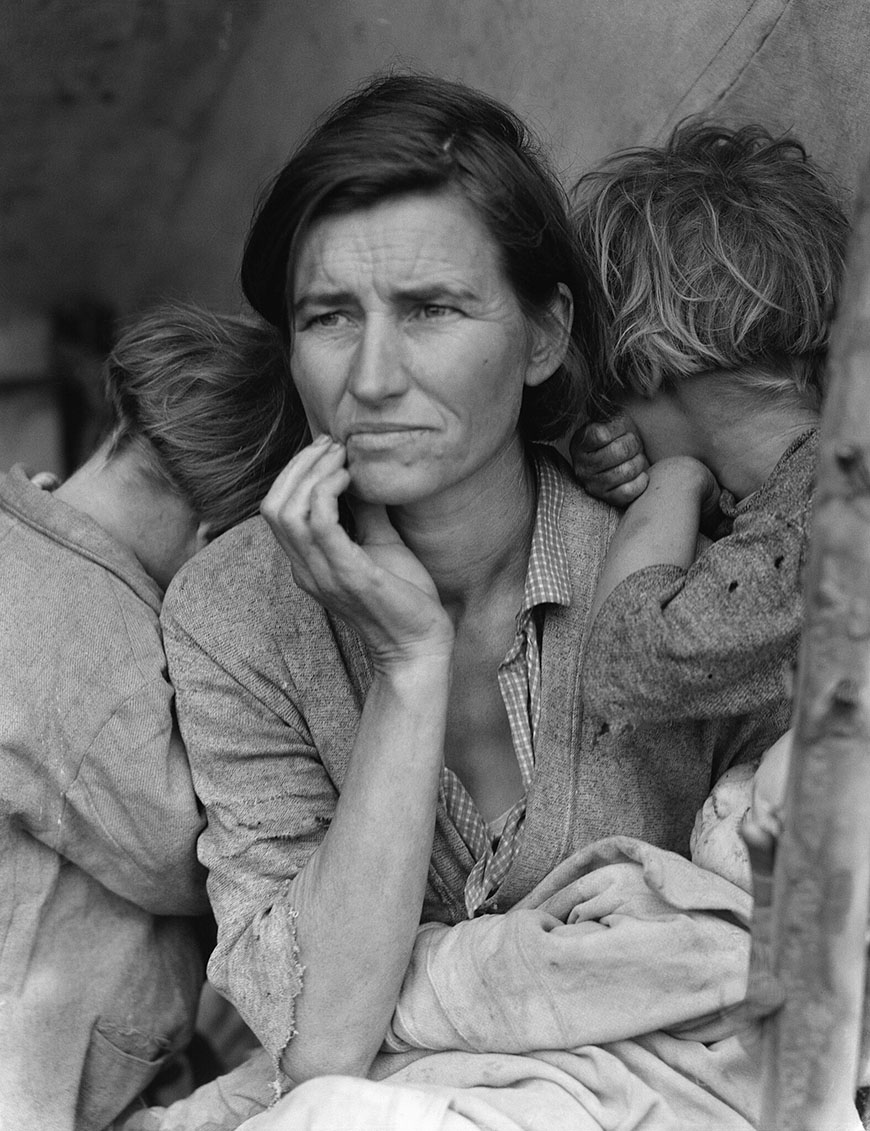
Migrant Mother, Dorothea Lange, Franklin D. Roosevelt Library Public Domain Photographs (NAID 195301), via Wikimedia Commons
Dorothea Lange – She was an American photographer who belong to the new wave of photo documentalists who used storytelling photography. Her most famous picture is “Migrant Mother” from 1936. She used to talk with her subjects to put them at ease and gather relevant information to the story.
Arjun Kamath – He studied engineering but he’s now a wedding photographer in India. He became famous through his photo series “Coming Out” where he shows the difficult life of the LGQBT+ person in such a conservative country. Since then, he’s won multiple awards and has dived into creative storytelling.
Berber Theunissen – She’s the winner of the Visual Storytelling category of The Independent Photography contest in 2021, amongst many other awards. She’s also exhibited her work around the world in multiple exhibitions. She talks about femininity and uses her own life as inspiration.
Erik Johansson – If you don’t know him by name, you’ll know his images for sure. From a man who is pulling a highway as if it was a blanket to a Tetris construction company ad – he tells his stories through photo manipulation with great mastery.
Sebastiao Salgado – He’s one of the most important photo documentalists of our time. Through his images, he’s shed light on issues such as climate change, migration, poverty, etc. He develops projects that take months in the making and are presented as books that are curated and edited with his wife.
Brooke Shaden – She learned storytelling by studying film, but she later turned to photography and uses fine-art self-portraiture to tell her stories. She uses herself to portray the characters of her dreams and nightmares which helps her to face her fears and explore the light and darkness in people.
How Do You Tell a Story with Portrait Photography?
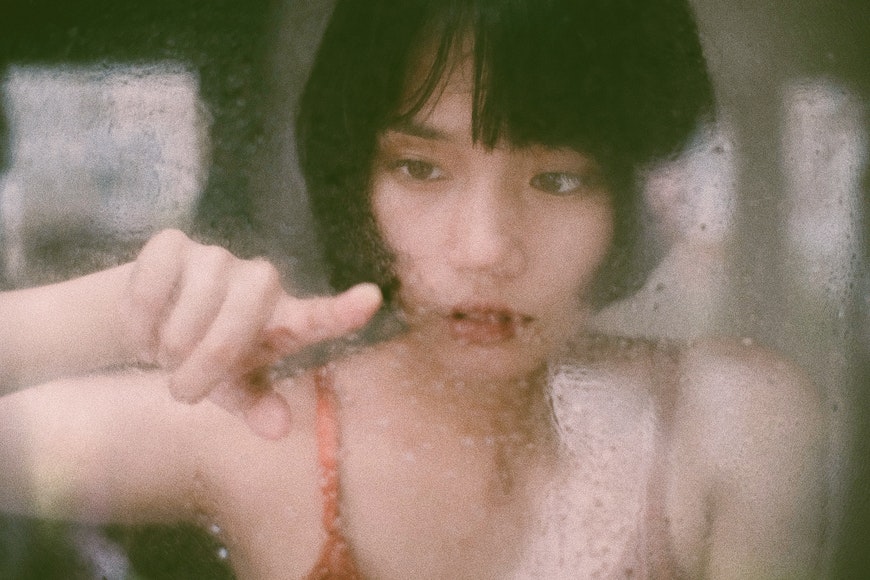
Credit: Ike Louie Natividad
To do storytelling with portrait photography, you can use all the techniques mentioned in the article. Start by knowing which story you want to tell and decide how many images you want.
You can do a shot list to help you structure the photography narrative and determine what you’re going to need.
Then, decide on the location, light, colour palette, props and outfit. All these elements will help you to tell the story.
The biggest tool you have in portrait photography is human interaction. This applies to the models if it’s more than one, but also between you and the model. Think about body language and facial expressions.

Check out these 8 essential tools to help you succeed as a professional photographer.
Includes limited-time discounts.













